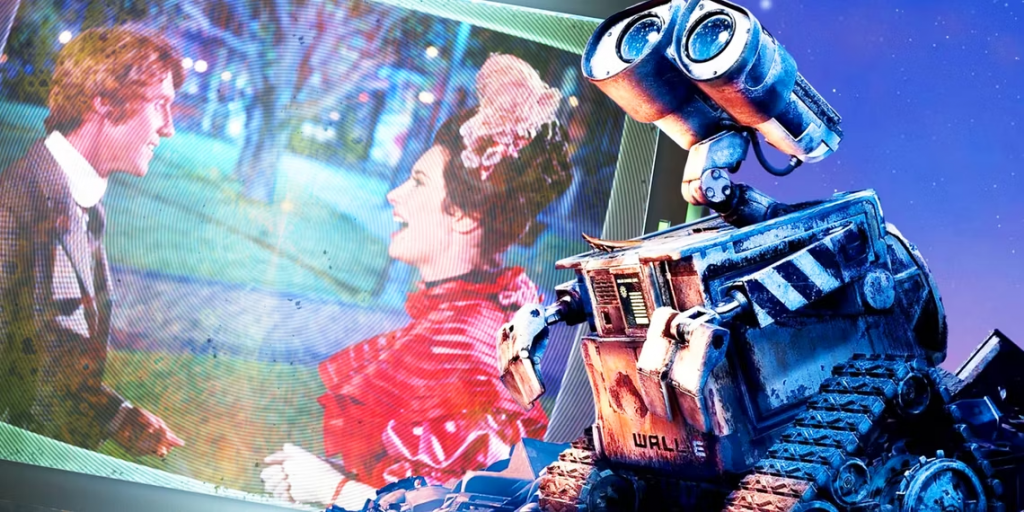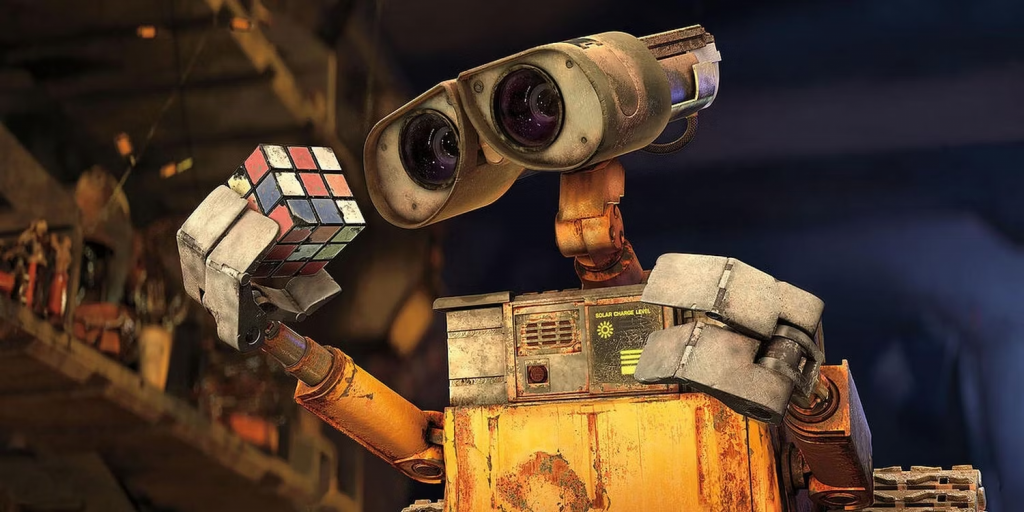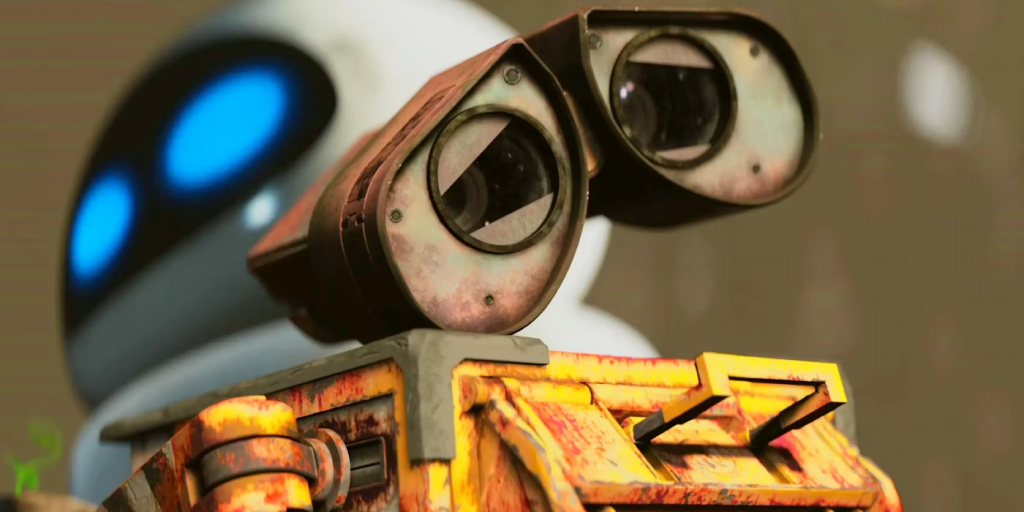
The film “WALL-E” is often regarded as one of Pixar’s most beloved classics, known for its heartwarming tale about love, the environment, and life in a post-apocalyptic world. However, what sets “WALL-E” apart from many other animated films is its unique use of a real-life movie musical, “Hello, Dolly!” Throughout the movie, the titular character, a lovable robot named WALL-E, is seen watching and referencing this musical. But what is the significance of “Hello, Dolly!” in the film, and why did director Andrew Stanton choose it?
Released in 2008, “WALL-E” is a film that continues to hold a special place in the hearts of both children and adults. It tells the story of WALL-E, a robot tasked with cleaning up Earth long after humanity has abandoned it due to environmental degradation. Despite his primary function, WALL-E has developed a fascination with Earth’s history and collects various artifacts left behind by humans. Among these artifacts is a 1969 musical movie, “Hello, Dolly!”
“Hello, Dolly!” is not just any movie for WALL-E; it holds profound significance within the film’s narrative. WALL-E constantly watches “Hello, Dolly!” and even tries to share it with EVE, another robot who arrives on Earth. The musical plays a pivotal role in the story, especially in conveying the theme of love.
In particular, WALL-E is captivated by the musical number “It Only Takes a Moment,” a romantic and emotional scene within “Hello, Dolly!” This scene is not only featured at the beginning of “WALL-E” but also reappears towards the end of the film when EVE projects it, reminiscing about her time spent with WALL-E while in space.

So, why did Andrew Stanton, the director of “WALL-E,” choose “Hello, Dolly!” as the central musical in the film? Stanton’s decision can be traced back to his personal connection to the musical. In high school, Stanton had played the role of Barnaby in a production of “Hello, Dolly!” This experience stuck with him, and as he developed “WALL-E,” he wanted the film’s opening to feature music that felt old-fashioned compared to the futuristic, post-apocalyptic setting of the story. “Hello, Dolly!” perfectly fit the bill, offering a nostalgic and heartwarming contrast to the film’s dystopian backdrop.
Interestingly, “Hello, Dolly!” was not the initial choice for the film’s musical reference. Stanton originally considered incorporating old French swing music into “WALL-E.” However, after the release of the animated film “The Triplets of Belleville” in 2003, which featured a similar musical style, he abandoned that idea. Moreover, securing the rights to “Hello, Dolly!” was a concern, as the film was owned by 20th Century Fox. Stanton also explored the possibility of using Disney-owned musicals but ultimately succeeded in negotiating the rights for “Hello, Dolly!” to appear in “WALL-E.”
The significance of “Hello, Dolly!” in “WALL-E” extends beyond its choice as a nostalgic musical reference. It serves as a crucial element in the film’s exploration of love and connection. As WALL-E and EVE’s relationship develops, “Hello, Dolly!” becomes a frame of reference for WALL-E. He mimics human activities and gestures from the musical, using them to express his feelings and forge a connection with EVE.

One of the most poignant moments in “WALL-E” is when WALL-E watches the “It Only Takes a Moment” scene from “Hello, Dolly!” In this scene, characters Cornelius and Irene sing the song, hold hands, and walk away together. WALL-E, who has never experienced such a connection, watches in awe. During this scene, he even holds his own hand, highlighting the contrast between his isolation and the warmth of human connection depicted in the musical.
The inclusion of “Hello, Dolly!” in “WALL-E” paid off tremendously. It added depth and emotional resonance to the film, enhancing viewers’ understanding of love and the importance of human connections. While many viewers may not have been familiar with “Hello, Dolly!” before watching “WALL-E,” its impact on the Pixar film has made it more popular and appreciated.
Moreover, the film had a ripple effect on those involved with the original “Hello, Dolly!” movie. In an interview, Andrew Stanton shared an anecdote about meeting Michael Crawford, who had a role in the original “Hello, Dolly!” film. Crawford expressed how “WALL-E” had expanded his understanding of the musical, particularly the grand scale of “Put On Your Sunday Clothes.” This anecdote illustrates the far-reaching influence that “WALL-E” had, not only on viewers but also on those connected to “Hello, Dolly!”

In conclusion, “Hello, Dolly!” in “WALL-E” is more than just a musical reference; it is a symbol of love, connection, and the power of cinema to touch hearts across generations. Andrew Stanton’s choice of this classic musical enriched the film’s narrative and left a lasting impact on both “WALL-E” and “Hello, Dolly!” fans alike.
We bring out some of the most well-known Disney collection, all of which are available at reasonable costs. Visit our link now if you are interested in the Disney collection


Megara, Hades,Philoctetes, Tarzan, Jane Porter
